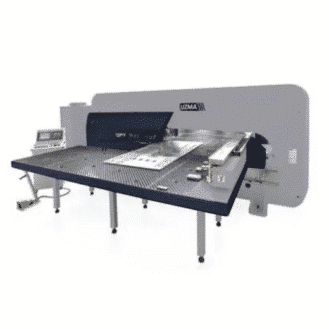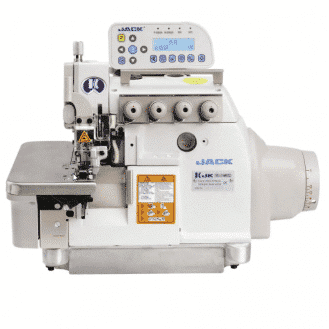Mechanical handheld shears or snips
Certain handheld shears are also known as snips. There are tin snips and compound action snips available on the market. Both have two handles and two blades that move on a common axis. The difference with compound action snips is that they have a leverage system, which reduces the cutting effort required by the user. For example, using the same force, tin snips can cut a 1.2 mm sheet with a strength of 400 N/mm², while compound action snips can cut a 1.5 mm sheet with the same strength.
Bench shears
Bench shears are suitable for cutting sheet metal and round bars thicker than 2 mm. They resemble a small manual guillotine, with a lever to lower the blade and make the cut. The larger the lever, the less force the operator has to exert.
Electric shears
These are portable tools that either have a cord or are battery-operated. Electric shears allow you to cut corrugated and trapezoidal sheets (4 to 5 mm) quickly and efficiently.
Pneumatic shears

REHOBOT handheld hydraulic cutters
Pneumatic shears are similar in every way to electric shears, except for their power supply. A compressed air source is required to use these shears. Pneumatic shears can cut all types of plastic, as well as aluminum, tin, and steel up to 1.2 mm thick.
Hydraulic cutters
Less common, these shears, or cutters, offer a cutting force of several tons, but their movement is slower. They are used to cut metal pipes, wires, cables, etc.
Guillotine shears
The majority of guillotine shears for cutting sheet metal are hydraulic. They can cut mild steel up to 6.5 mm. Electric guillotine shears are cheaper and are suitable for cutting thinner sheets. They offer the possibility of installing several blades to cut several sheets simultaneously. There are also mechanical guillotine shears.








